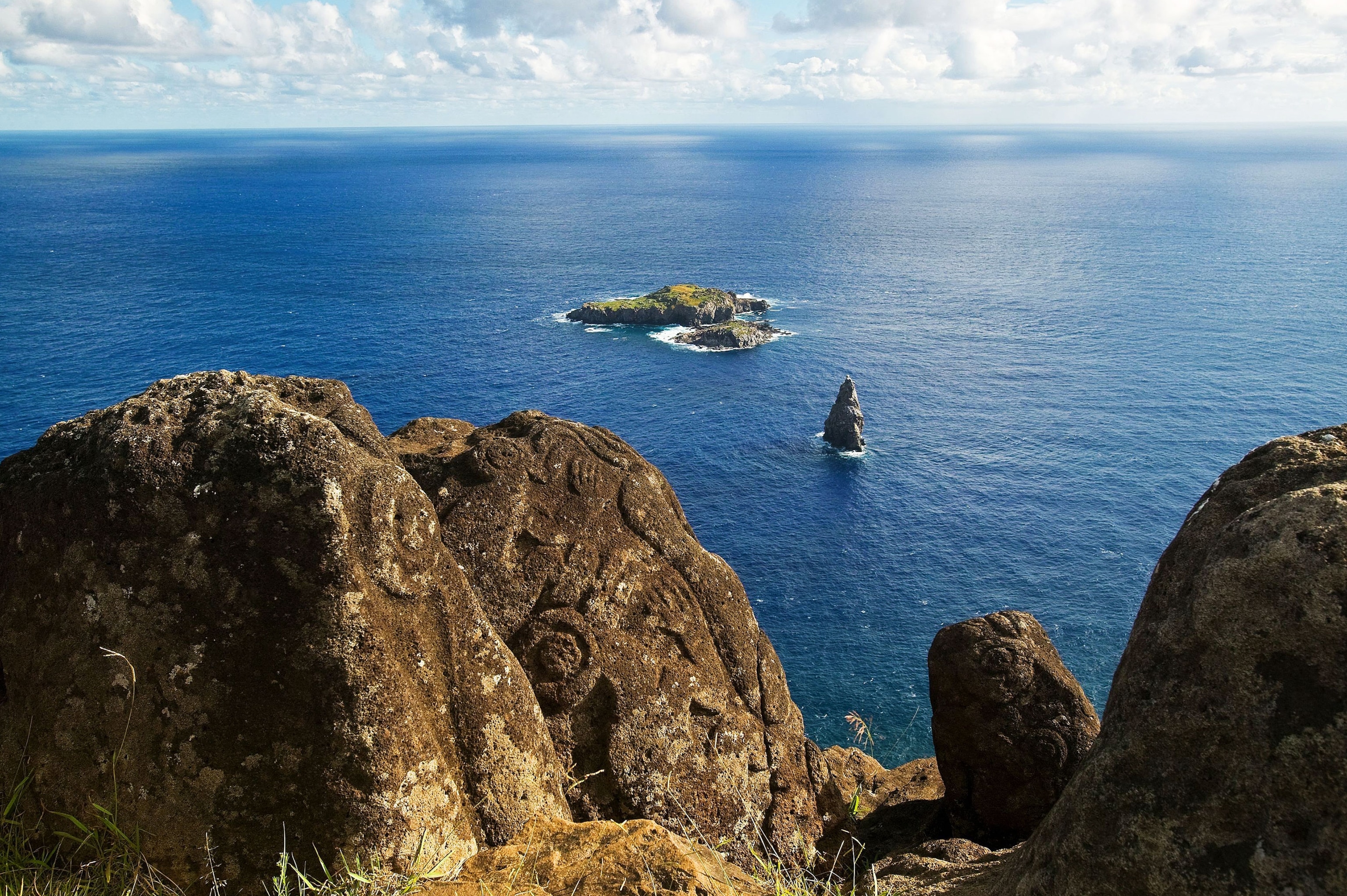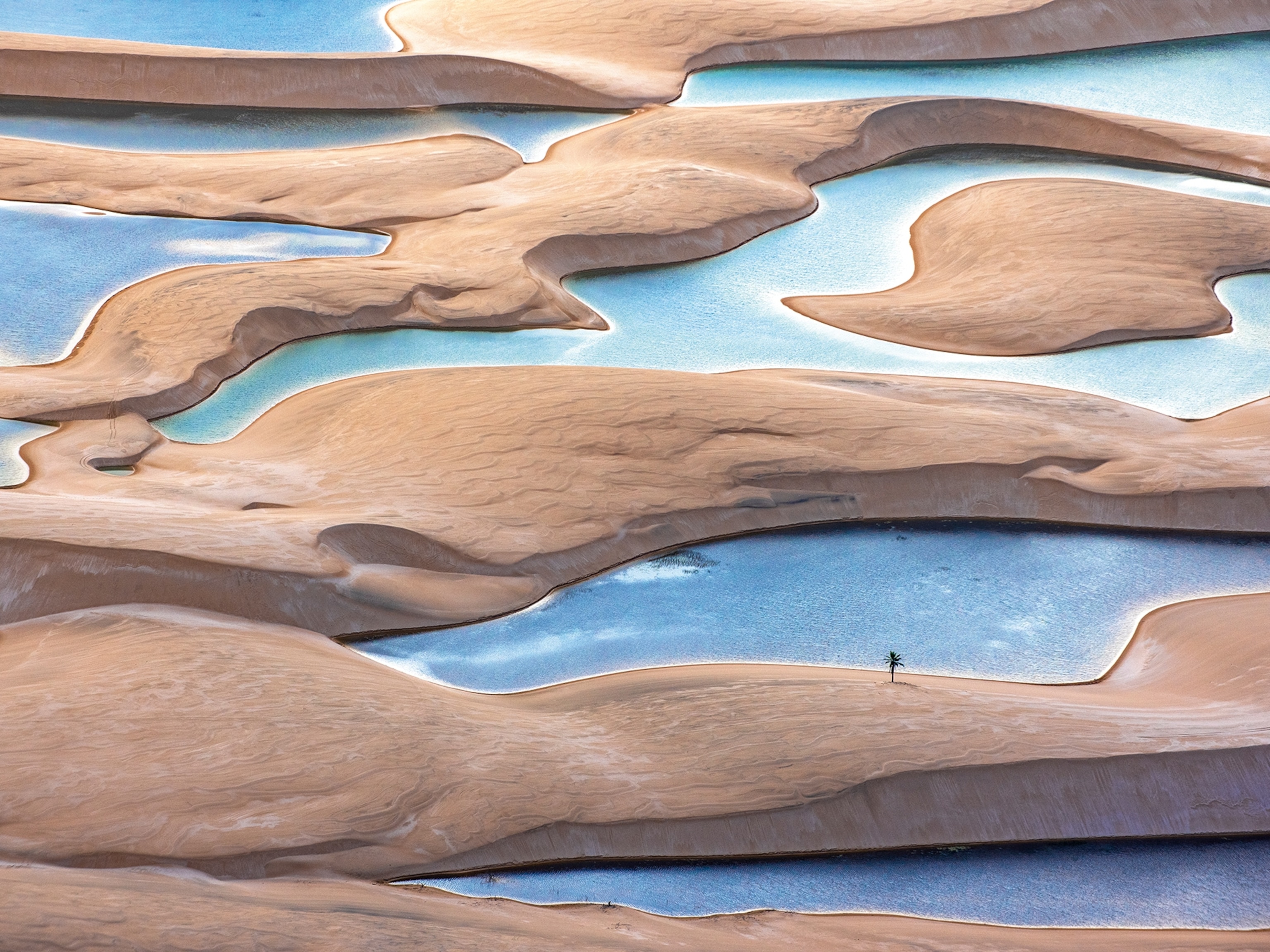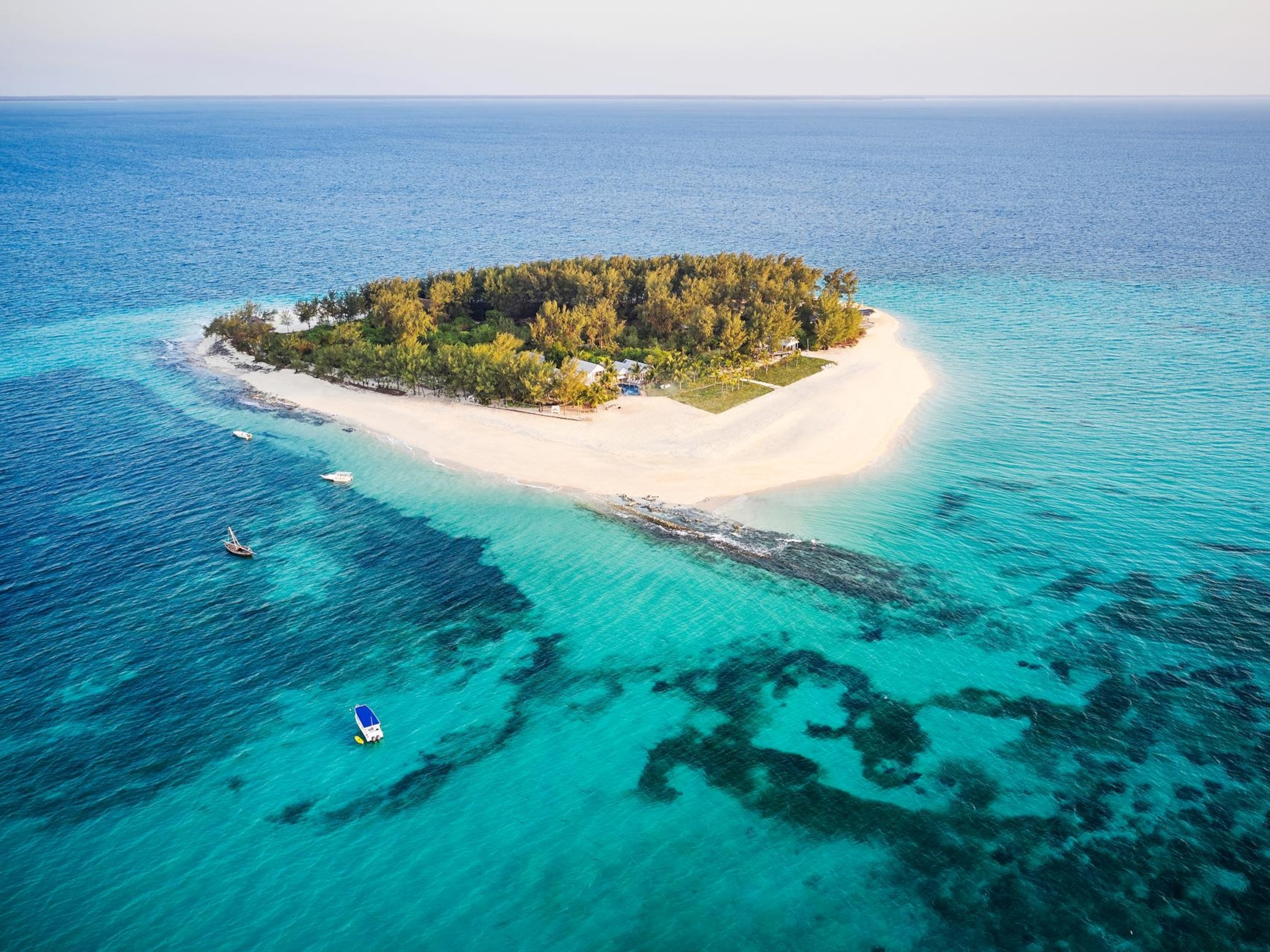Explore Easter Island's Lesser Known Natural Wonders
From extinct volcanoes to idyllic islets, discover four stunning landscapes across the Chilean territory.
Although Easter Island is known for its mysterious moai statues, the remote Polynesian island has much more to explore. About 42 percent of this island is Rapa Nui National Park, a World Heritage property inscribed in 1995 to preserve the natural and cultural wonders of the Chilean territory. Go beyond Easter Island’s man-made marvels to understand the inspiration for the Rapa Nui peoples’ megalithic achievements.
Rano Kau
This 3,000-foot wide extinct volcano shaped Easter Island’s southwestern profile around 2.5 million years ago. Its freshwater lake—the island’s largest—was a main source of water for ancient Orongo villagers, whose low-lying stone abodes can still be seen at the cliffside crater’s edge. The microclimate inside Rano Kau’s steep slopes hosts an array of vegetation, including pineapples, figs, sea reeds, and oranges.
(Easter Island Mystery Solved? New Theory Says Giant Statues Rocked)
Rano Raraku
Arguably Rapa Nui National Park’s most popular site, Rano Raraku is the island’s main moai quarry. Of the 887 remaining statues on the island, roughly 400 are strewn in and around the volcanic crater. Attached to the upper slopes of the crater’s bedrock is the largest moai ever carved, El Gigante, at 72 feet (22 meters) and about 270 tons.
Anakena Beach
Because most of its coastline is fringed by jagged, jet-black basalt, beaches on Easter Island are a rarity. Anakena Beach is the most idyllic exception. Clusters of palm trees, white coral sands, and calm waters harken to the land's original appearance, luring tourists and locals alike. Yet, the elevated set of seven restored moai statues (Ahu Nau Nau) found within walking distance of the waves gives the Polynesian beach an undeniable sense of place.
- National Geographic Expeditions
The Motus
Three significant islets, or motus, of various sizes are based near the towering cliffs of Rano Kau. The Motu Iti has long been a nesting ground for the sooty tern, frigate, and masked booby birds, while the cragged Motu Kao Kao juts almost 230 feet (70 meters) above the Pacific Ocean. The Motu Nui, the largest islet and summit of a submerged volcano, was the site of the ancient Birdman ritual, where competitors vied for the first manutura eggs of the season before swimming and cliff-climbing back to the mainland’s Orongo village.









